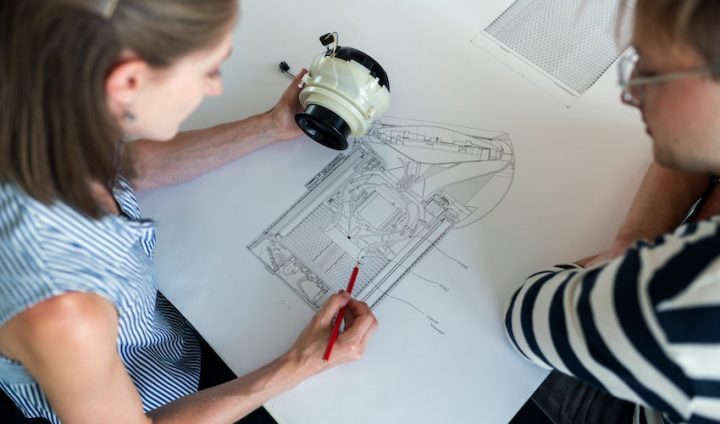Christensen’s contribution to the development of business model theory and enterprise operations is a milestone. But even so Christensen has only solved half the problem. Christensen pointed out that an important manifestation of “disruptive innovation” is low price. But this sentence cannot be reversed – we cannot say that all low-priced products are “disruptive innovation.”
Therefore what is “disruptive innovation”? This question is very important but it’s very difficult to answer in actual operation. Frankly speaking many products that claim to be “disruptive innovation” are actually just unreliable ideas. Even more thoroughly most of the so-called “low-priced” new products we see are actually very bad ideas and not “disruptive innovation” at all.
But one thing is very important – even if today’s innovative companies know that only one out of ten ideas may succeed they will still allocate resources to these ten ideas. Because a very bad idea even if given more resources is still a very bad idea and will inevitably die. But on the contrary a “disruptive innovation” product like grass will shine with a little sunshine and it will slowly grow on its own.
That is as long as some resources and time are given companies can distinguish whether this is a very bad idea or a real “disruptive innovation.” But in the past large companies used the so-called “product portfolio management” method which actually dumped the baby sitting in the bathtub along with the bathwater.
Christensen’s theory not only changed the behavior of senior corporate managers but also profoundly affected the careers of managers. In the past it took a long time for a “disruptive innovation” product to mature and eventually replace the original “sustaining innovation” product. The automotive industry took almost one or two hundred years to complete such a change. Therefore in the previous operating environment even if these managers spent their entire careers working in the automotive industry they could only experience a small part of the industry’s development history. The market growth they saw was basically a linear increase process which is why previous management models whether processes or methods were mostly linear.
But today it’s different – as technology development accelerates more and more industries can complete the entire process from invention to maturity in a relatively short time such as smartphones completely replacing feature phones in less than ten years. That is managers can fully see a product from birth to replacing sustaining innovation products. Even for some innovators their careers can see several such products transform. Just like what leaders of “The Right-Brained Organization” such as Jobs Musk and others have done.
Theory guides us to take the first step now we need to go further. “The Right-Brained Organization” is an organizational structure designed for “disruptive innovation.”

